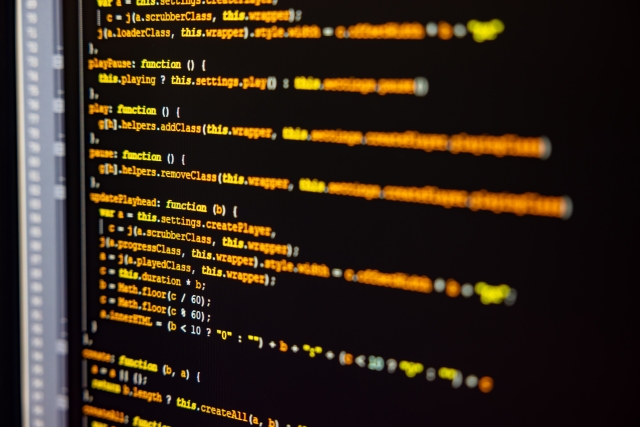要約
こんにちは。
今回は、実際にPythonを活用している企業の例を紹介します。
Pythonは、機械学習やデータ分析など幅広い分野で活用されているプログラミング言語です。
ここでは、「Spotify」がPythonをどのように活用しているかを解説します。
詳細内容

Spotifyは、音楽ストリーミングサービスのグローバルリーダーであり、Pythonを機械学習、データサイエンス、プロダクション環境に活用しています。
彼らの中核には、Pythonに基づいたマシンラーニングアルゴリズムが存在し、そのアルゴリズムによって、音楽推薦、品質改善などの多岐にわたるビジネス上の問題に対処しています。
以下は、SpotifyがPythonを使用している例のいくつかです。
**1. ユーザープレイリストの自動生成**Spotifyは、使用者が音楽を聴く傾向を分析し、彼らのミュージックライブラリーに合わせたプレイリストを自動生成します。
これは、Pythonの音楽関連のライブラリである「Librosa」を使って分析することで実現しています。
また、AIアルゴリズムも使用され、ユーザーが長期間使わなかったプレイリストを自動的に削除するようプログラムされています。
“`python
import librosa
import pandas as pdaudio_path = ‘path/to/audio/file.mp3’
y, sr = librosa.load(audio_path)# Feature Extraction
chroma_stft = librosa.feature.chroma_stft(y = y, sr = sr)
spec_cent = librosa.feature.spectral_centroid(y = y, sr = sr)
spec_bw = librosa.feature.spectral_bandwidth(y = y, sr = sr)
rolloff = librosa.feature.spectral_rolloff(y = y, sr = sr)
zcr = librosa.feature.zero_crossing_rate(y)
mfcc = librosa.feature.mfcc(y = y, sr = sr)# Creating a Pandas Dataframe from the features
data = pd.DataFrame([chroma_stft, spec_cent, spec_bw, rolloff, zcr, mfcc])
“`**2. 音楽の信頼性チェック**Spotifyは、数百万曲の中から信頼性の高い音源を選び出しています。
これには、Pythonの音楽関連のライブラリ「Essentia」と「pydub」を使用しています。
これらのライブラリは、オーディオファイルがどの程度信頼性が高いかを測定するためのアルゴリズムを提供します。
“`python
import essentia
from essentia.standard import *def check_audio_quality(audio_path):
loader = essentia.standard.MonoLoader(filename=audio_path)
audio = loader()
# Check audio duration
duration = len(audio)
if duration < 10:
return False
# Extract audio features
y, sr = librosa.load(audio_path)
rms = librosa.feature.rms(y=y)
zcr = librosa.feature.zero_crossing_rate(y)
spectral_centroid = librosa.feature.spectral_centroid(y=y, sr=sr)
# Check for silence
if rms.mean() < 0.01 or max(zcr[0]) < 0.01 or max(spectral_centroid[0]) < 100:
return False
# Check if there is any clipping
if (abs(audio) >= 0.999).any():
return False
return Trueaudio_path = ‘path/to/audio/file.mp3’
is_reliable = check_audio_quality(audio_path)
if not is_reliable:
print(‘Audio file is not reliable’)
“`**3. プロダクション環境でのPythonの使用**Spotifyは、Pythonをプロダクション環境で使用し、ビジネス上の問題を解決しています。
PythonのWebフレームワークである「Django」を使用して、ユーザーのアカウント、支払いおよびその他重要なデータを管理しています。
また、「Celery」を使用して、Pythonコードを非同期に処理し、バックグラウンドでタスクを実行しています。
“`python
# views.py
from django.views.decorators.http import require_POST
from django.http import JsonResponse@require_POST
def process_image(request):
# Get the uploaded image from the request
image = request.FILES.get(‘image’, None)
# Process the image using a task asynchronously
process_image.delay(image)
# Return a success response
return JsonResponse({‘status’: ‘success’})# tasks.py
from celery.decorators import task@task
def process_image(image):
# Process the image
# …
“`以上が、SpotifyがPythonをどのように活用しているかの例です。
Spotifyは、Pythonとデータ分析・機械学習技術を組み合わせることで、優れた音楽ストリーミングエクスペリエンスを提供しています。


コメント